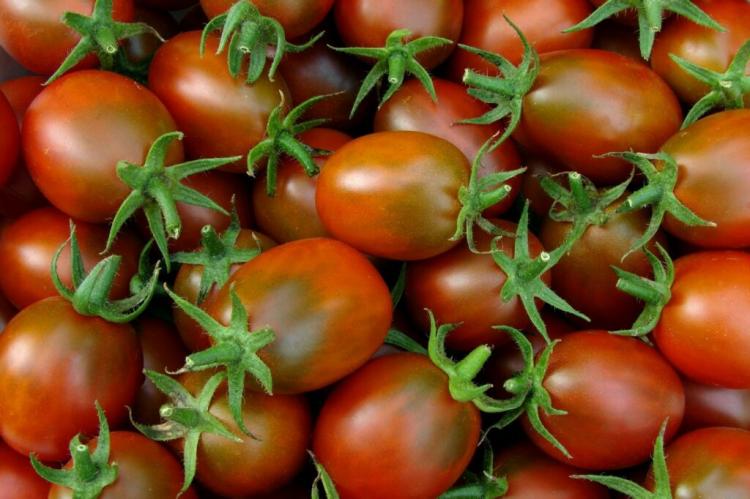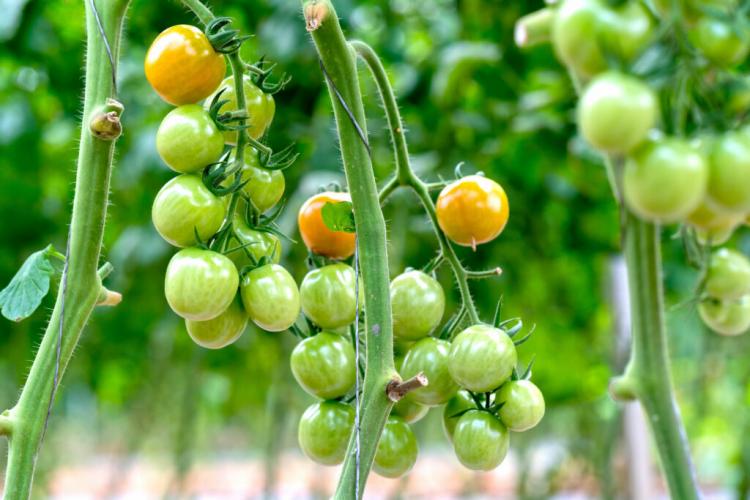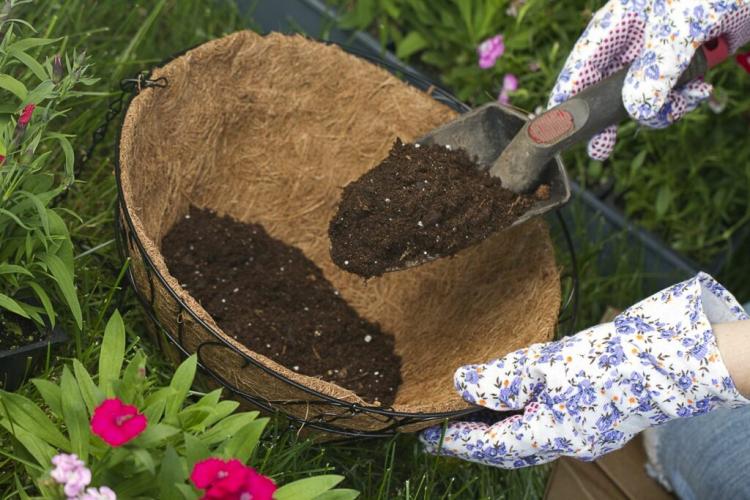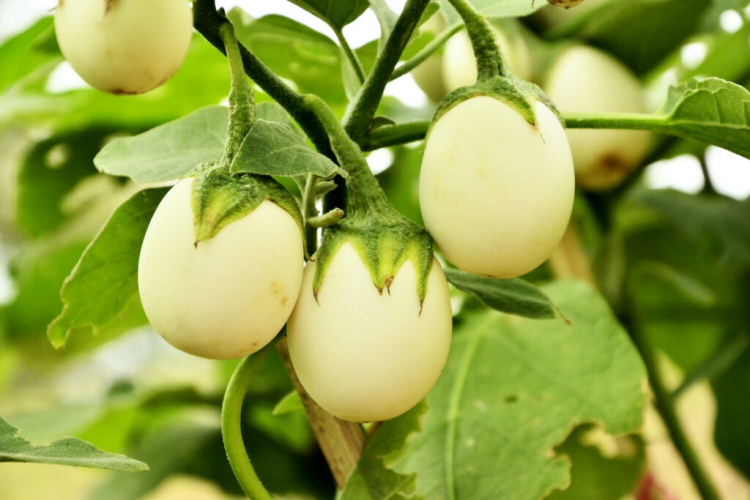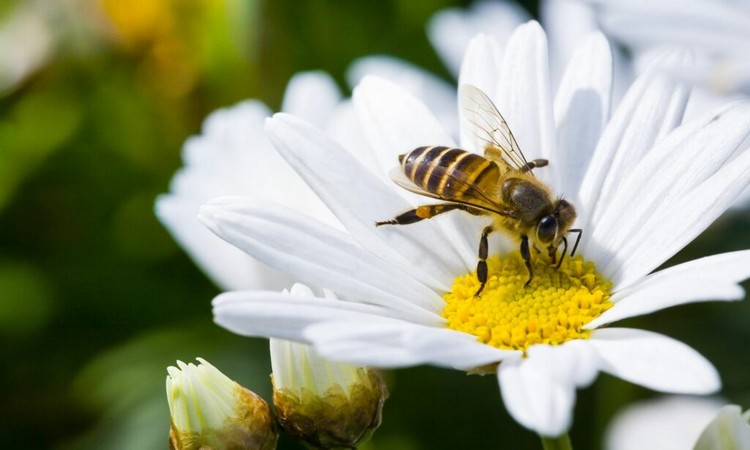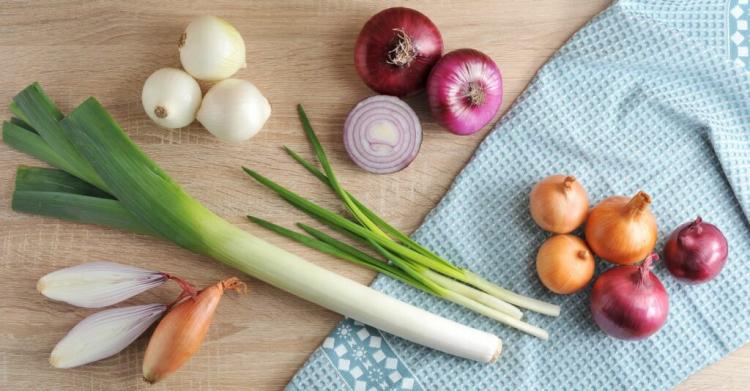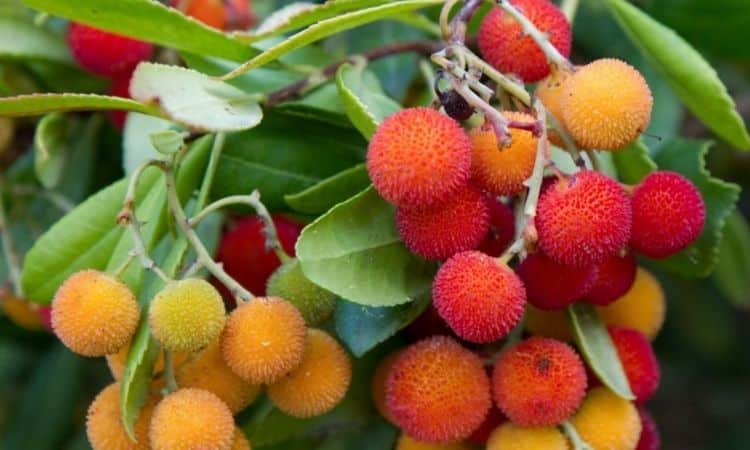Black Plum Tomato: Properties, Planting And Care
Tomatoes of the Black Plum variety are oval plum tomatoes. Find out here how these special tomatoes are planted and cared for in the garden. The pretty dark egg tomato ‘Black Plum’ is particularly characterized by its robustness, spicy-sweet taste, and high yield. We introduce the Russian variety and give tips on growing the stake tomato.
Black Plum Tomato: Wanted poster
Table of Contents
| Synonyms | ‘Black Plum’ |
| fruit | Salad tomato; dark red to brownish with dark brown to green shoulders |
| taste | fruity, spicy, sweet |
| Ripening time | medium |
| growth | Stick tomato, up to 2 m |
| Location | Greenhouse, open field, pot |
Origin and history
The variety ‘Black Plum’, also called ‘Black Plum’, originally comes from Russia. It is said that it found its way into the collection of the “Seed Savers Exchange” association through Marina Danilenko from Moscow around 1990. In 1994 the variety was introduced in the USA, where it is still very popular today. The black plum tomato was also temporarily available in supermarkets as an egg tomato. We also appreciate the ‘Black Plum’ and it is part of the standard repertoire of every tomato lover.
Description and taste of the Black Plum Egg Tomato
The plants of the ‘Black Plum’ variety reach a height of up to two meters. Numerous five-centimeter-long oval-shaped fruits grow on long panicles, which take on a dark red to brownish hue when ripe at the end of July. A dark brown to greenish color then appears around the base of the stalk. The more sun the ‘black plum’ gets, the darker its color becomes when ripe. The individual fruits can weigh up to 70 grams. The taste of the ‘Black Plum’ is sweet, fruity, and spicy – typical of many dark tomato varieties. You can sow the seeds of the many dark fruits again next year because the ‘black plum’ is one of the seed-resistant tomato varieties.
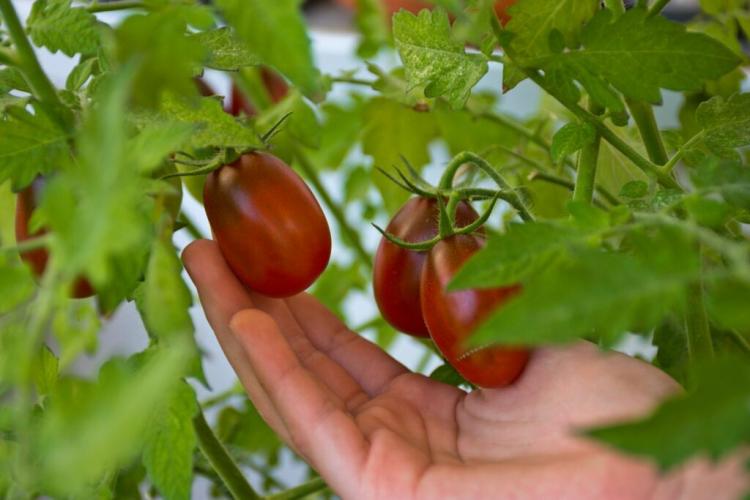
Plant and care for Black Plum
The ‘Black Plum’ is a wonderful variety for beginners in tomato growing because it is robust, disease tolerant, and easy to care for. At the same time, it reliably bears its delicious fruit and forgives many a carelessness. To avoid the five typical mistakes when growing tomatoes, have a look at our special article. The ‘Black Plum’ is happy to have a place in the greenhouse and outdoors, but also in the tub on the terrace and balcony. To plant outdoor tomatoes, dig a deep hole and place your young plant deep in it.
About half the plant should still lookout, all shoots and leaves that are too deep are removed. Mix a predominantly organic slow-release fertilizer, such as our Plantura organic tomato fertilizer, into the excavated soil directly when planting. The plant-based granules are slowly broken down by the soil’s own organisms, releasing the nutrients for the tomato roots. Mix the soil and granules and pour the mixture back into the planting hole. Press the soil a little and then water the ‘Black Plum’ vigorously.
You might so like: Big Rainbow Tomato: How To care And Plant For The Tomatoes Variety
The ‘black plum’ can grow up to two meters high and therefore needs a stick as support. The high-yielding egg tomato can be grown well with two or three shots. To do this, select side shoots that are low on the trunk and remove all others. Skinning the tomatoes must be repeated every few weeks.
If you keep your Black Plum Egg Tomato in the pot, you should start fertilizing from June. As soon as the first flowers have been pollinated and the fruits begin to grow, the nutritional requirements of the tomato plants also increase. With an organic liquid fertilizer, the supply of balcony tomatoes in the pot is very easy. Simply add the liquid fertilizer to the irrigation water every week and use it to water your tomato plants.
Harvest and use black plum tomatoes
The ‘Black Plum’ is a wonderful snack tomato and tastes best when it goes straight from the plant to your mouth. The fruits can be cut in half and dried – this is how they will last through the winter. The sweet and spicy taste of the ‘Black Plum’ is particularly evident when drying.
In some years our tomato plants are attacked by pests, some of which can cause great damage. With the help of beneficial tomatoes, the pests can be combated effectively and environmentally friendly without any chemicals. We introduce the individual insect pests and their opponents and advise on buying and using them.
